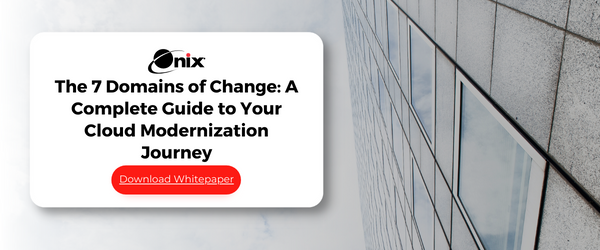The Garland Company has continuously evolved to keep business growing and roofs over people’s heads since 1895. Part of this Cleveland-based manufacturer’s longevity is that its leadership isn’t shy about adopting the latest technologies.
This is reflected in the company’s move from legacy computing systems to the cloud. Recently, The Garland Company decided to expand some of its cloud computing infrastructure within Amazon Web Services (AWS) to further increase its competitive leadership in the commercial building industry.
Challenges in Cloud Environment Code Changes
Garland has a complex digital network that spans its headquarters, data centers and multiple cloud-services providers. As it began its expansion deeper into the AWS cloud, it encountered some challenges with the initial architecture.
The company already had an established footprint in the AWS cloud. As the IT team moved more deeply into the project, it encountered issues integrating the existing network infrastructure into a new AWS Landing Zone that included CIDR blocks and routes.
AWS Landing Zone leverages AWS security and architectural best practices to help users create a secure, multi-account environment. It streamlines this process by automating setup for environments running secure, scalable workloads and implementing a security baseline by creating core accounts and workloads.
Garland wanted to ensure that this new infrastructure could meet the needs of not just this expansion effort, but also future ones. Therefore, using AWS Landing Zone was a must. The company’s IT team reached out to AWS Advanced Consulting Partner Onix for an assist.
Tackling an AWS Expansion with the Right Tools
As a lean IT organization, Garland leadership wanted the appropriate insights and direction for this expansion to ensure that the foundation they were building was scalable, allowing them to continue on a successful cloud journey.
The engineers from the Onix AWS team dove into the project. Using AWS Well-Architected Framework, the team focused on implementing five pillars to build Garland’s high-performing, resilient architecture, including:
Coding. Performing operations as code
Changes. Making only small, frequent, reversible changes
Currency. Refining operations procedures frequently
Predictability. Anticipating failure
Wisdom. Learning from these failures.
First, Onix planned the AWS Landing Zone, showing Garland how to set it up based on the current computing environment’s data sources and networking needs. Onix engineers then tested several Landing Zone versions using CloudFormation inside a sandbox.
An effective provisioning tool, AWS CloudFormation allows users to test and model their infrastructure and application resources with either a simple text file or by using common programming languages.
Automated and secure, CloudFormation provisions resources in a safe, repeatable way that removes the need for manual actions or custom scripts. It efficiently chooses the right operations to manage your stack, make the needed changes — and automatically roll back these changes if errors are detected.







